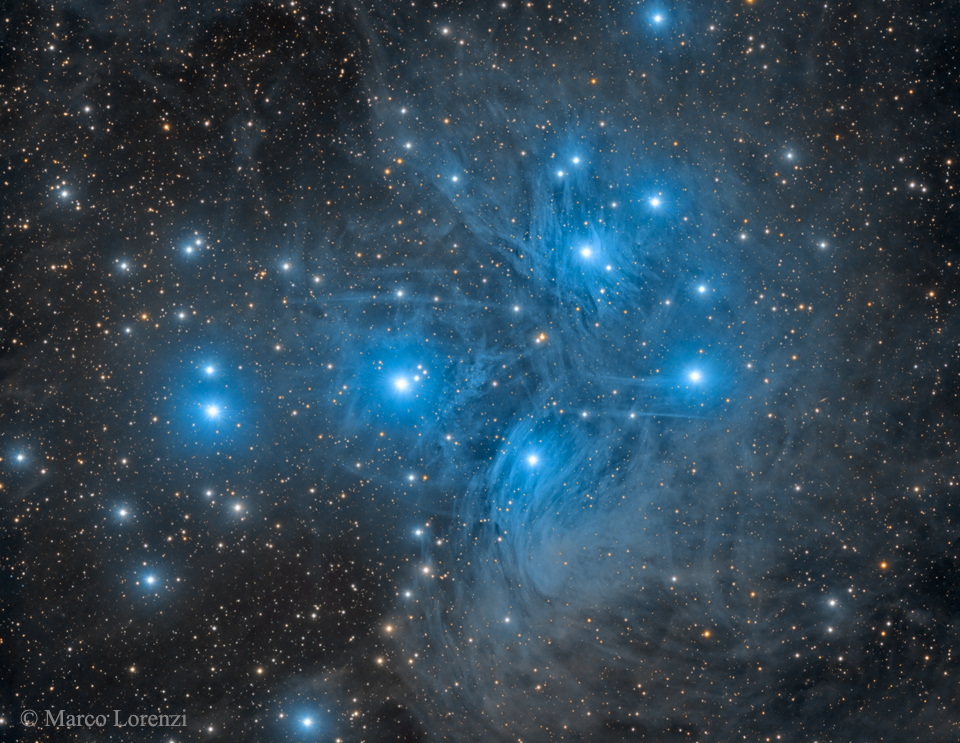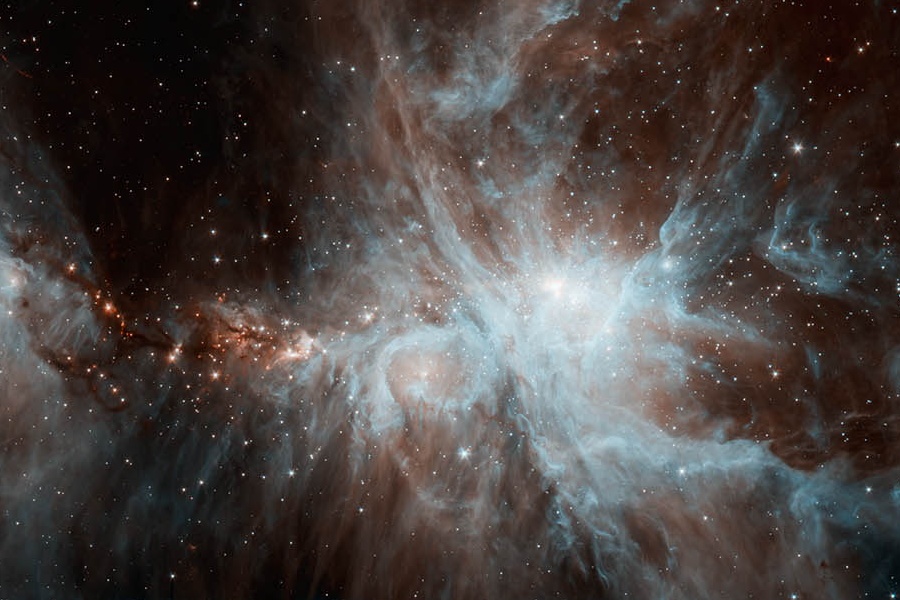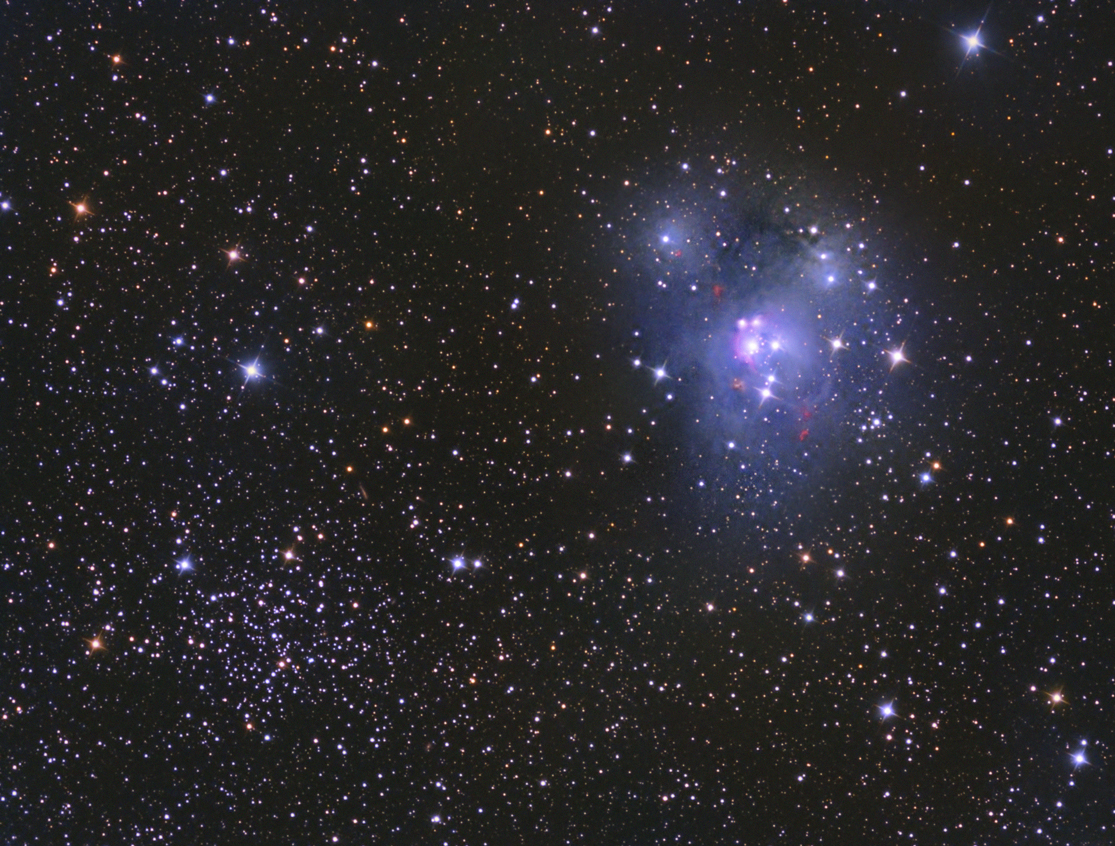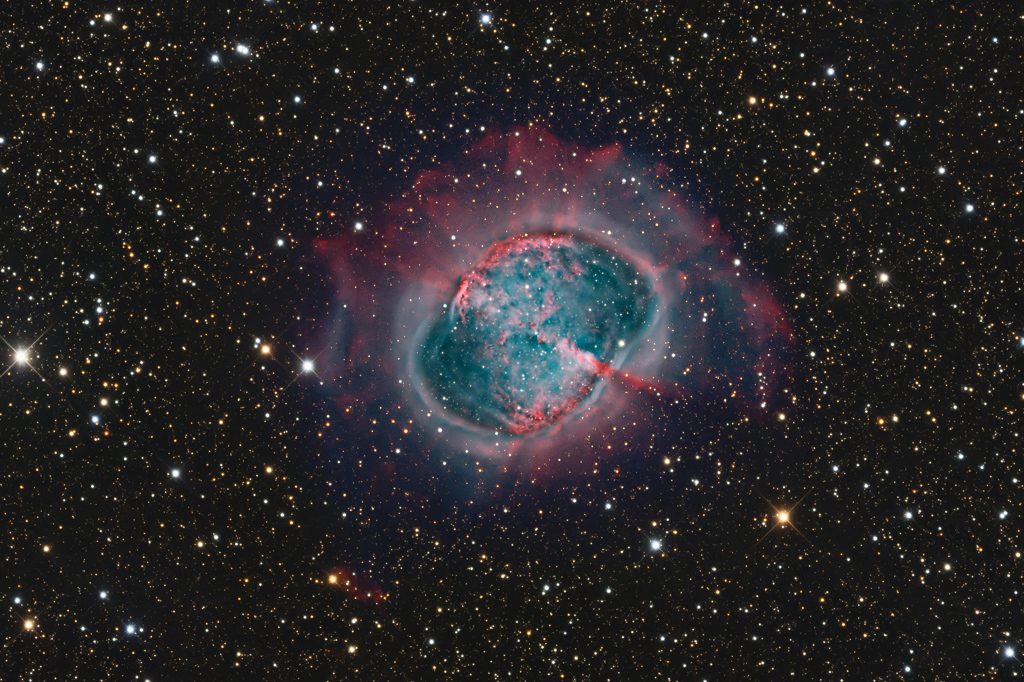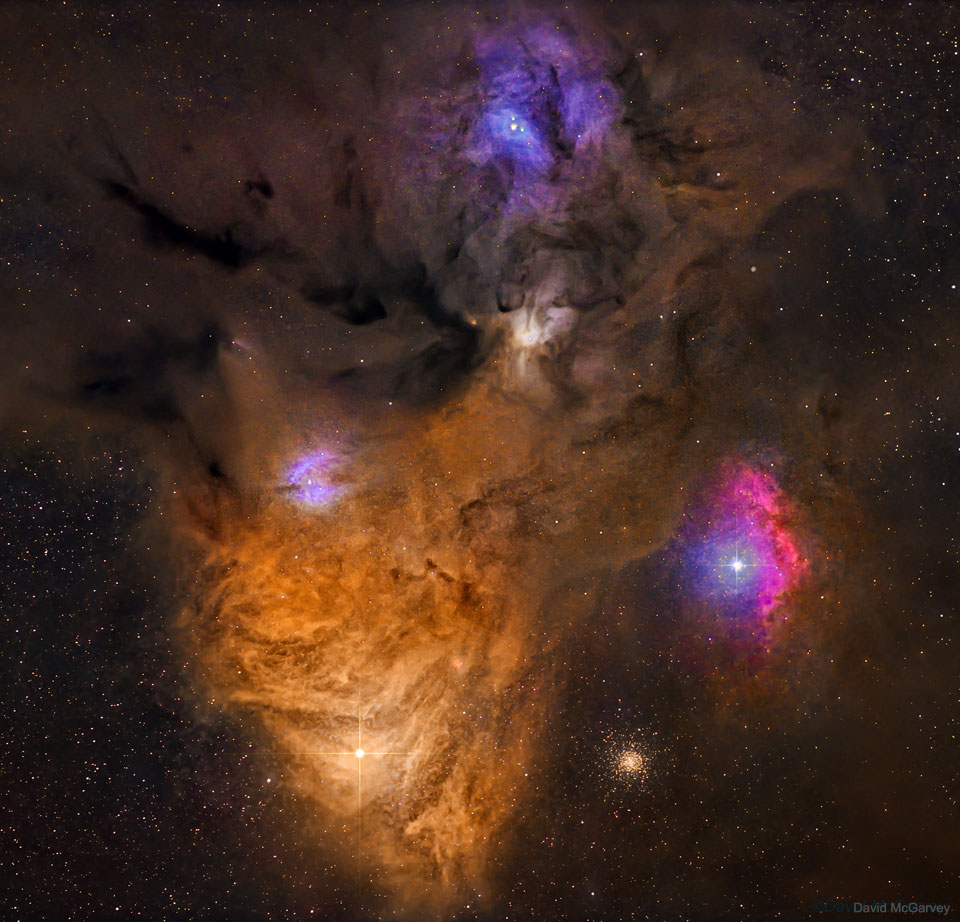Investigadores da Universidade de Western Ontário, no Canadá, realizaram um estudo com vista a perceber os diferentes efeitos psicológicos que a canábis provoca nos consumidores. Publicado este mês na revista
Scientific Reports, o estudo representa um grande avanço na compreensão dos efeitos da droga no cérebro humano.
A pergunta de partida para a investigação era há muito uma grande dúvida dos cientistas e da população em geral: qual o motivo de algumas pessoas terem emoções positivas como reação ao consumo de canábis e outras demonstrarem emoções negativas.
Segundo Steven Laviolette, um dos autores do estudo, a premissa levou os investigadores para um campo ainda pouco explorado. “Sabemos muito sobre os efeitos a longo e a curto prazo, mas há muito pouco conhecimento sobre as áreas específicas do cérebro que são responsáveis pelo controlo desses efeitos”.

E a resposta pode ter a ver com as diferentes partes do cérebro, em particular, qual das partes é mais sensível ao tetraidrocanabinol (THC), substância psicoativa libertada pela canábis. Em algumas pessoas, a parte do cérebro mais sensível é a frontal e, nesse caso, provoca sentimentos de conforto, tranquilidade e felicidade. Se a parte mais sensível à substância for a região posterior do cérebro, a droga fará a pessoa sentir medo e alguma paranoia infundada.
Esta investigação foi realizada em ratos de laboratório, mas os cientistas acreditam estar muito mais perto da verdade sobre os efeitos da canábis nos seres humanos. O próximo passo passará sobretudo pela experiência relatada por aqueles que consomem.
Visão - Portugal


